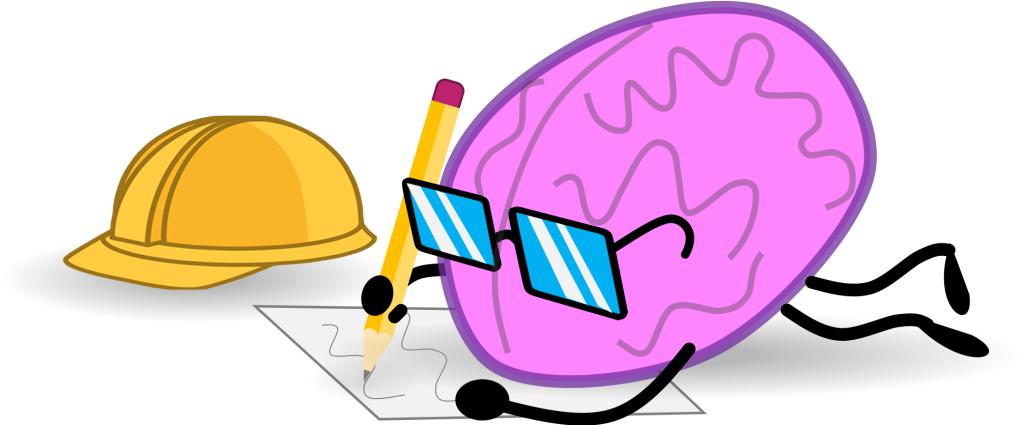
Ever wondered why Superman is more popular than Batman?
It’s a fact that Superman was created first in 1938, where Batman came later on in 1939, but that’s besides the point!
Could it be because Superman is the one who saves the day in broad daylight & receive recognition & admiration by many people, whereas Batman lurks in the shadows & tries to prevent crime from ever happening in the first place in stealth mode?
Or is it our perception to call Superman to putout fires (Downstream thinking – Superman)?
Or is it our desperation that Batman has done his job watching over the city in case something happens (Upstream thinking – Batman)?
So what’s the difference between upstream & downstream thinking? Is one better than the other?
Downstream thinking deals with problems after they’ve occurred & the efforts are narrow, fast, and tangible.
Upstream thinking deals with problems before they occur & the efforts are broader, slower, and hazier (but when it works; it really works!)
So often in life, we get stuck in a cycle of response of putting out fires! We stay downstream, handling one problem after another, but we never make our way upstream to fix the systems that caused the problems to occurs in the first place. Cops chase robbers, and doctors treat patients with chronic diseases, and call-center reps address customer complaints. But crime and chronic disease and customer complaints are preventable! So why do our efforts skew so heavily toward reaction rather than prevention?

Attributes of Downstream Thinking – Superman Approach
- Reactive response
- Easy to see
- Easy to measure
- Think in isolation

Attributes of Upstream Thinking – Batman Approach
- Proactive response
- Can’t see the impact
- Required an understanding of the purpose
- System thinking
There are 3 barriers to upstream thinking
1. Problem Blinders
(If we can’s see problems, we can’t solve them)
- The belief that negative outcomes are inevitable
- Accepting the status quo
- Don’t question things
- Focus on doing instead of asking
2. Lack of Ownership
(Take a step back to see the bigger picture)
- It’s not my problem
- Conflict of interest (personal interest over that of the organization)
- Psychological standing on challenging the status quo
- Complacency & being comfortable with things the way the are
3. Tunneling
(Stop & observe)
- Little problems mask bigger ones
- Revert to quick-fixes
- Using scarce resources as an excuse
- Stuck or falling in love with the cycle
Here are 7 questions that upstream visionary leaders should ask:
1. How to unite the right people?
- Have a clear vision & articulated with a sense of purpose
- Surround the problem
- Identify clear roles & responsibilities
- Meet the team briefly & periodically
- Use a structured approach
2. How will the system change?
- Systems are the source of information & should be questioned
- Change/modify the environment to accommodate for productive change
- Spark courage by tapping into feeling & emotions about the problem’s effects/impact
- Empower & motivate people by aligning their goals with that of where the organization would like to be
- Change takes time, so patience is required
3. Where to find the point of leverage?
- Get closer to the source of the problem to identify where the money could be saved
- Identify risks & opportunity factors
- Perform a cost/benefit analysis
- Take it step-by-step using a phased-based approach to integrate new strategies into the existing system
- Accept failure as a learning process towards success (fail fast & early to learn how to develop & improve)
4. How to get early-warnings of the problems?
- Evaluate the environment & deploy “sensors”
- Look for predictors
- Estimate the time required to act
- Become aware of false positives to avoid derailing you from your tracks
- Understand the consequences of your actions & implications
6. How to avoid doing harm?
- See the whole system & look beyond the immediate
- Partial & whole convergence is system/approach in gradual stages of adoption
- Develop a feedback loop to improve the system & adopt to changes in the market
- Develop a continuous-Improvment system & culture
7. Who will pay for what does not happen?
- Pay money to make money, so align incentives with that of the organization
- Identify the source of cost problems by assessing it from different prospective
- Identify who can prevent the problem from reoccurring
- Understand the proper way to incentivise
- Incorporate small shift in the existing system to accommodate the required change in the system

There is a delicate balance between upstream & downstream approaches & both are needed!
If you want to be a strategic leader, ideally, you would want to put 30% of your efforts in downstream response & 70% in upstream prevention
Takeaways
To become a successful Upstream Leader, you must:
- Detect problems early by putting-out sensors
- Target leverage points in complex systems
- Find reliable ways to measure success (try to include financial metrics)
- Pioneer new ways of working together & integrate success between different departments
- Embed collective success for different departments by streamlining their efforts

Use Upstream & Upstream approaches to solving problems in combination!

BTW, the Superman & Batman analogy was not in the book 🤣🤣🤣. It was my twist on the story to make it easier for people to understand 😇.



